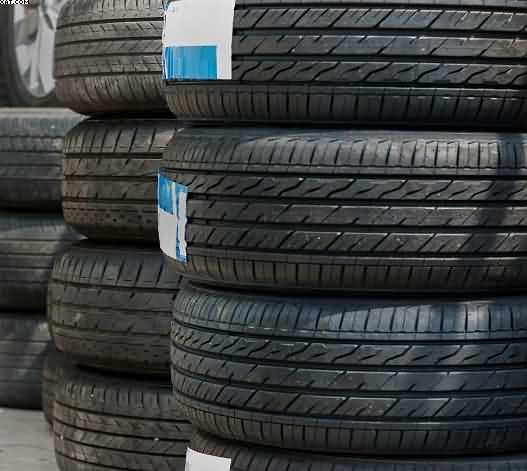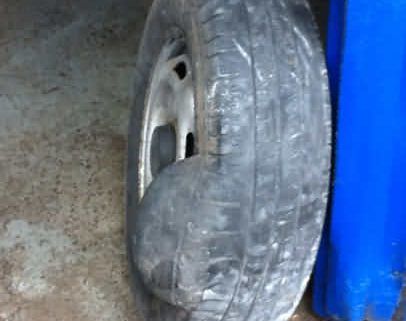Table of Contents
Car Tyres

Car Tyres
When it comes to changing your tyres, you can’t have everything, good grip, long-lasting and cheap – not all tyres are created equal.
Source: practicalmotoring.com.au
A good article as usual from practical motoring. It is not rocket science to know that you cannot have a perfect tyre.
When customers buy cheap tyres, then they are only going to get what they pay for?
Cheap tyres will not last as long as a premium brand
such as Continental tyres. Tyre companies such as Continental have put over 100 years of technology and research and development into their products. Budget Car tyres from mainly China are made from mass production facilities, with quantity and not quality in mind.
Buying your car tyres?
Like any purchase that we make, whatever it is then there will be differences in price and quality of the product that you buy.
Buying your car tyres?
Like any purchase that we make, whatever it is then there will be differences in price and quality of the product that you buy.
Car tyres are no exception to this rule?
In general you have a choice of three different types of tyres, the Budget car tyres, the mid-range tyres and the premium car tyres. A very good point to make about choosing tyres is that there are no real grey areas.
What I mean is that when you buy say clothing, perhaps a new coat, then it is difficult to really know the quality ratio to the price that you pay. You can go to M&S a buy a new pair of trousers then you could pay a high price for something that is made in a huge factory in China.
Car tyres are more specific.
Most motorists have heard of the premium tyre manufacturers. Hence, companies such as Continental, Michelin, Avon and Goodyear. Traditionally, have all been about for well over 100 years. These car tyres will always give you top quality performance and will be long wearing.
There are diversities within this. Of course, you will always find someone who was not satisfied with their mileage or road holding. But in general the leading tyre makers make a very good product.
The premium tyre companies have put over a hundred years into research and development. So, to help create today’s excellent products. The down side is that you will have to pay more. Consequently, these car tyres are often more expensive.
Mid-range car tyres
These are the tyres that are from the up and coming tyre companies of the world, such as Kumho, Hankook, Apollo and Yokohama tyres. These tyre companies also offer an excellent product. They are relatively new tyre companies from the past 20 years and emanate from the east, South Korea and India.
These tyre companies produce a good tyre are not very far behind the premium tyre companies, both in quality and in their marketing efforts. This tyre would be the choice of the undecided motorist who are careful with their money, lady customers will very often choose a mid-range tyre.
Cheap car tyres
This is the final category before slumping to part worn tyres. These tyres are made by various tyre companies. Some are in fact made by the premium tyre companies and would be my choice if I had to buy a
budget car tyre? Michelin make a tyre called the Kormoran tyres. Which are made by the Polish tyre company Stomil Hence, which Michelin. bought/invested in a while back. The tyres are not the same as a Michelin. However, I am sure that Michelin will have had some sort of input into the product.
Other leading tyre makers make similar products and the rest are from Eastern Europe and China. These tyres will not give the mileage and comfort levels of the last two categories’?
They are though a much better choice than part worn tyres and in my own area of Halifax Yorkshire UK, are a very popular choice of tyre and worth buying if you have an older car or just tootle about town.
I hope this helps. If you are not sure which category of tyre fall into then just ask the guy in your local tyre depot.
Pellon Tyre and Auto-centre offer car and van servicing and repairs to all makes of vehicles.
- Michelin Premier A-S All-Season Tyre
- Vredestein Tyres made me sick
- Michelin 4X4 CrossClimate
- Winter Tyres-A Women’s guide
- Caravan tyre safety Advice




